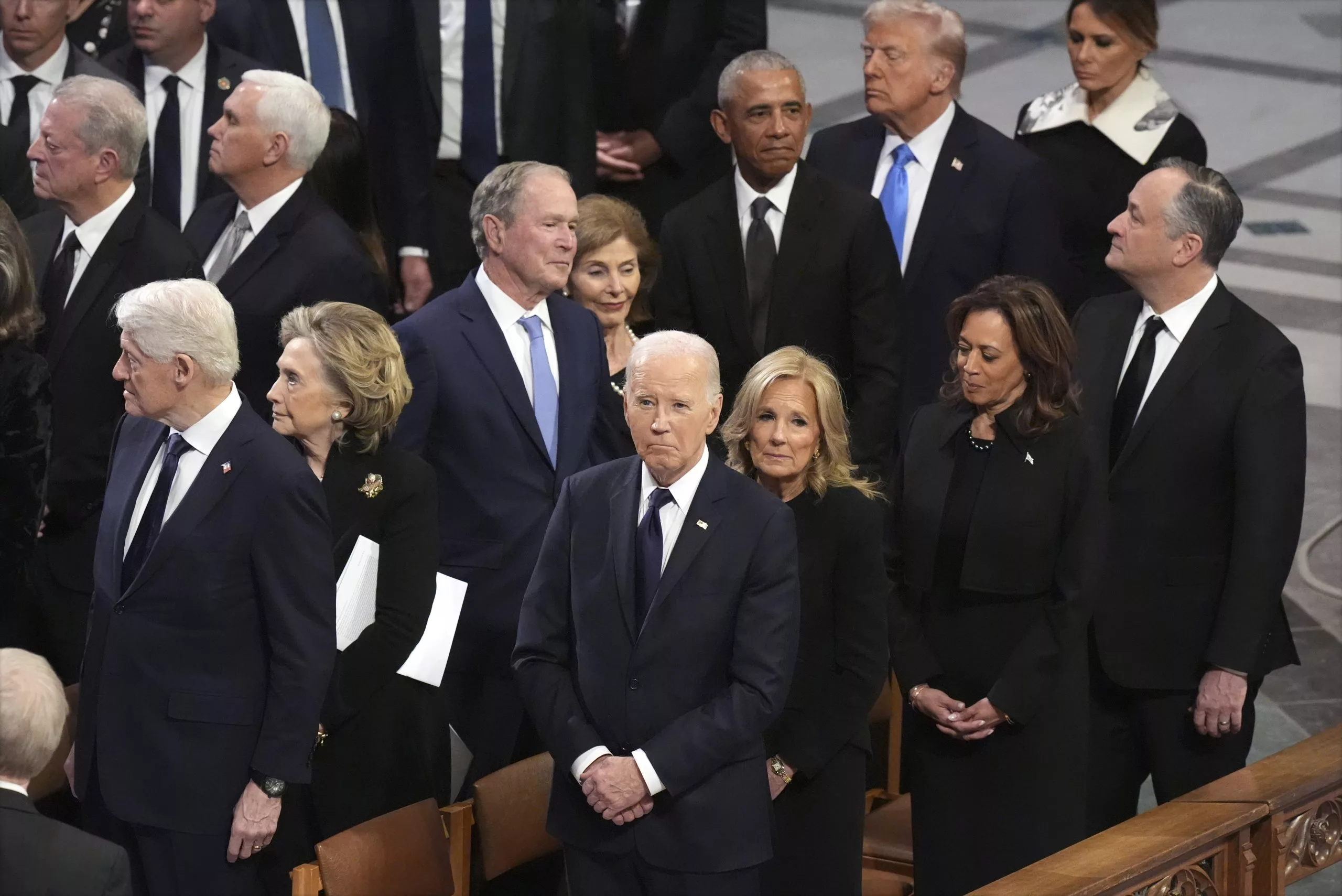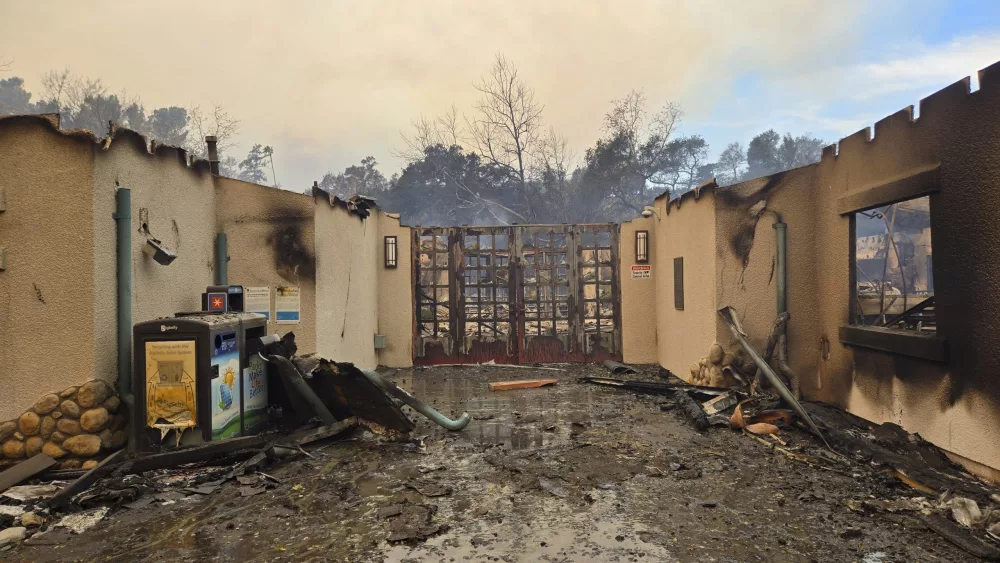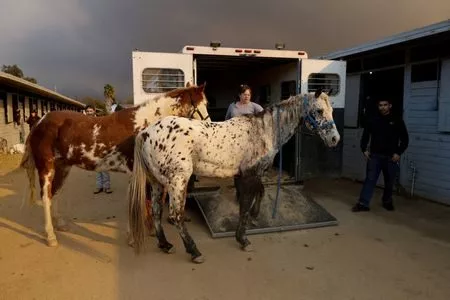Look at their faces — formal, etched with experience, laden with the weight of momentous decisions. Add up their years: 379 to be exact, enough time to take you back into the mid-1600s, when the notion of the American nation was still more than a century away.
Consider why they were there: to bid farewell to a member of their fraternity who was the last of his generation and whose own life began just a few years after World War I’s ashes stopped smoldering.
Bill Clinton. George W. Bush. Barack Obama. Donald Trump. Joe Biden.
Inside Washington National Cathedral on Thursday, the five men who have occupied the Oval Office since 1993 convened for a rare moment together at Jimmy Carter’s state funeral. In that one act, they created a momentary timeline of American history, a strand that connects them to the Roosevelts, to Lincoln and to Washington, the first of them. Visible right next to the five, too, were three people who were a heartbeat away from the same position — Al Gore, Mike Pence and Kamala Harris, the current vice president.
The three coequal branches of the American government were designed to transcend just one person. Yet somehow, with our love of big personalities and our elevation of the individual, the president of the United States became a different breed entirely — an amalgam of person and office that now occupies a space in the culture like no other.
The American presidency is draped in ritual. “Hail to the Chief” is played when a president enters an official event. People stand when a president comes into the room. A protective cocoon envelopes a president’s every move. Speeches are given behind a presidential seal. The office confers an aura that continues up until the moment of an elaborate, dayslong memorial.
That aura — and the fact that many have hardly been ideological kindred spirits — is what makes images like those at Carter’s service so extraordinary.
Yet it’s not merely that these are the fellow citizens who led Americans through the Kosovo war, through the aftermath of 9/11 and the Iraq War, through the rise of the internet and economic calamities, climate change and pandemic. It’s not that, adore them or despise them, they rose to the lead the nation and did consequential things — positive and negative — in Americans’ name.
It’s the precise opposite, actually.
To see these men of history shoulder to shoulder in cathedral pews shows that they’re human like all of us, and on this day of mourning, they dressed up for a funeral and said farewell to a touchstone of an earlier generation, in a display of unity and continuity. To view them in a single snapshot where no one — not even the sitting president — was in charge of the proceedings serves to humanize them. It reinforces the notion that Abraham Lincoln spoke of so many years ago — “government of the people, by the people, for the people.”
“The power of regular people,” Carter’s grandson, Jason Carter, said in his eulogy.
In a country where political money is unfathomable in its amounts and its power, this isn’t to say these five men are “regular people.” The power they commanded, command or will command astonishes.
But their power is ultimately limited, and not just by checks and balances. Whatever history thinks in the end of Biden, Trump, Obama, Bush and Clinton, it will always have the last word for the five who gathered Thursday — and the sixth, Carter, for whom they gathered.
Stuart Eizenstat, a longtime Carter friend and adviser, had this to say about the 39th president at the service, but it probably works for all the commanders in chief in attendance: “He may not be a candidate for Mount Rushmore, but he belongs in the foothills.”
___
Ted Anthony, director of new storytelling and newsroom innovation, writes frequently about American culture. Find him online at http://twitter.com/anthonyted or https://bsky.app/profile/anthonyted.bsky.social
Brought to you by www.srnnews.com








